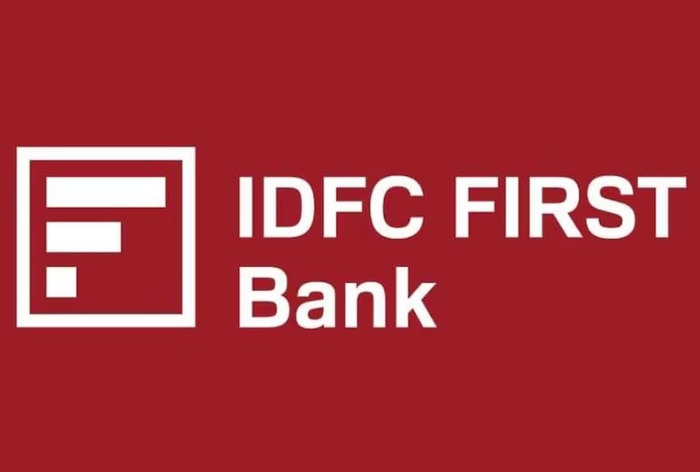As for the rationale for the merger, IDFC FIRST Bank said it would lead to a simplification of the corporate structure of IDFC Financial Holding, IDFC Ltd. and IDFC FIRST Bank by consolidating them into a single entity and will aid regulatory compliance of said entities.
New Delhi: It seems that India is going through two seasons at the moment: one is that of monsoon and the other that of mergers. Following HDFC, IDFC Ltd. and IDFC Financing have now decided to merge. The composite merger plan between the bank, IDFC Financial Holding Company Ltd. and IDFC Ltd. was approved on Monday by the board of directors of publicly traded IDFC FIRST Bank Ltd.
While IDFC Financial Holding is not, IDFC FIRST Bank and IDFC Ltd. listed. Shortly after HDFC and HDFC Bank Ltd. have merged, the new merger has made headlines.
The IDFC group rejig scheme is a two-step process. According to the merger schedule, IDFC Financial Holding will be merged with IDFC Ltd., and then IDFC Ltd. will be merged with IDFC FIRST Bank. Part of the rejig scheme is the reduction of the bank’s securities account.
Exchange ratio for amalgamation
The share exchange ratio for the amalgamation of IDFC Ltd. with IDFC FIRST Bank, 155 shares with a par value of Rs 10 each is fully paid up of IDFC FIRST Bank for every 100 shares with a par value of Rs 10 each fully paid up. up from IDFC Ltd.
Merger for simplification of corporate structure
As for the rationale for the merger, IDFC FIRST Bank said it would lead to a simplification of the corporate structure of IDFC Financial Holding, IDFC Ltd. and IDFC FIRST Bank by consolidating them into a single entity and will aid regulatory compliance of said entities.
The merger will help create an institution with diversified public and institutional shareholders, like other large private sector banks, and no promoter holding company.
RBI’s guidelines for licensing new banks
Under the terms of the RBI’s Guidelines for Licensing of New Banks in the Private Sector dated February 22, 2013, the shares of IDFC FIRST Bank must be listed on a recognized stock exchange in India within a period of three years after commencement of banking. company.
The promoter(s), namely IDFC Ltd., must not fall directly under financially regulated activities. Further, it was mandated to hold the equity investment in IDFC FIRST Bank and other regulated financial entities only through IDFC Financial Holding.
Hence, IDFC Ltd. (the bank promoter) only invested in IDFC FIRST Bank through a non-operating financial holding company, IDFC Financial Holding, because of other regulated financial services companies of the group. As a result, the 39.93 percent equity interest in IDFC FIRST Bank is held by IDFC Ltd. through IDFC Financial Holding.
As of the date of approval by IDFC Financial Holding’s Board of Directors of the merger plan, the company has closed, sold or exited all other regulated financial services companies, the IDFC FIRST Bank said in a filing.
The five-year lock-in period
Further, the RBI has clarified that after the expiration of the five-year lock-in period, i.e. after September 30, 2020, IDFC Ltd., the merging company, can leave as promoter of IDFC FIRST Bank, the merged company.
With regard to the proposed use of the securities premium account to offset the accumulated losses under the merger schedule, the book value of the shares, IDFC FIRST Bank’s net worth, equity structure and shareholding pattern remain unchanged.
“This is therefore a balance sheet neutral action and will not result in a reduction of IDFC FIRST Bank’s paid-up share capital. This also enables IDFC FIRST Bank to explore opportunities that benefit shareholders (including dividend payments),” the bank said.
(with IANS inputs)

Don’t miss the latest updates.
Subscribe to our newsletter today!



